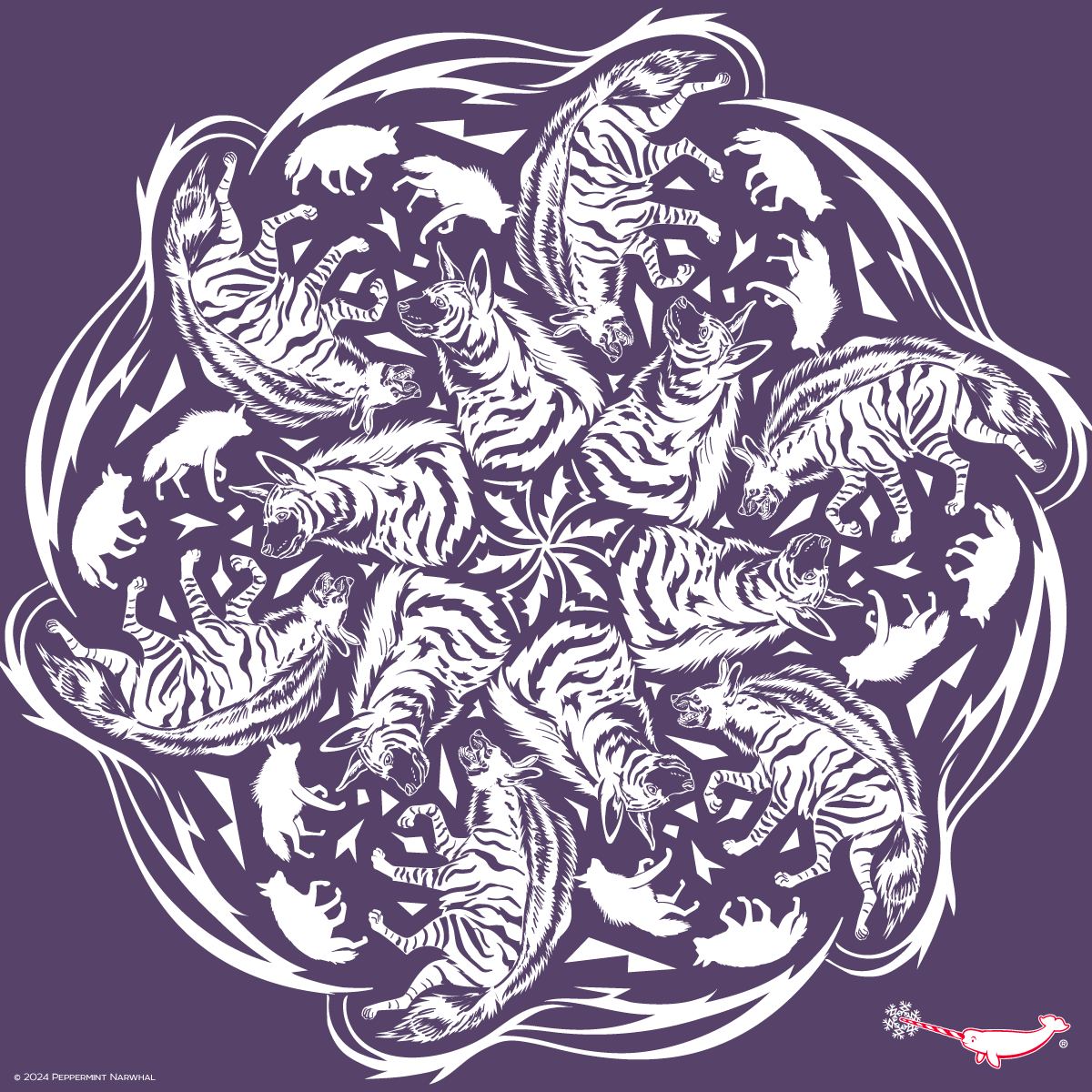– The taxonomy and physical characteristics of the Striped Hyena
– Habitat and geographical distribution
– Dietary habits and adaptation to human environments
– Social behavior and reproduction
– Conservation status and efforts
The Striped Hyena (Hyaena hyaena) is a significant yet often overlooked species within the animal kingdom. Despite sharing a genus with other hyena species, its size and unique markings set it apart. Smaller than its cousins, the Spotted and Brown Hyenas, but larger than the Aardwolf, the Striped Hyena presents a fascinating study in survival and adaptation.
Primarily found spanning the landscapes of North and East Africa, the Middle East, Central Asia, and the Indian subcontinent, the Striped Hyena’s broad range underlines a remarkable capacity for adaptation across diverse ecological conditions. Unlike many large carnivores, the Striped Hyena’s adaptability offers it avenues to coexist alongside expanding human populations, though not without challenges.
One of the Striped Hyena’s most remarkable adaptations is its dietary versatility. Though primarily scavengers, feeding off the remains of animals left by other predators, they possess the capability to hunt small to medium-sized mammals. Their diet also surprisingly includes fruits and vegetables, evidencing their omnivorous nature. This dietary flexibility has allowed them to exploit human environments, raiding trash bins and crop fields, which, while providing food sources, often leads them into conflict with humans.
Social behavior and reproduction of the Striped Hyena are also areas that provide insight into their complex social structures. Contrary to the more social Spotted Hyena, Striped Hyenas are largely solitary, coming together mainly for mating purposes. This solitary nature extends to their reproductive habits, with females raising cubs alone. Yet, intriguing instances of communal den usage hint at a nuanced social landscape yet to be fully understood.
Conservation efforts for the Striped Hyena face unique challenges. Classified as “Near Threatened” by the International Union for Conservation of Nature (IUCN), they battle against habitat loss, human-wildlife conflict, and persecution based on local myths and misconceptions. Efforts to preserve their populations include habitat conservation, research to better understand their needs and behaviors, and community-based initiatives to mitigate human-wildlife conflict.
The role of organizations and initiatives aimed at wildlife preservation cannot be overstressed in the context of the Striped Hyena. Promoting awareness, supporting research, and fostering coexistence strategies are crucial steps towards ensuring the survival of this fascinating species. Conservation efforts must be dynamic, responding to the evolving challenges faced by the Striped Hyena and the ecosystems they inhabit.
Throughout this exploration of the Striped Hyena, a theme emerges the resilience and adaptability of a species that is often overshadowed in the broader discourse on wildlife conservation. Understanding and preserving the Striped Hyena benefits this particular species and contributes to the health and diversity of ecosystems across their range. The journey toward effective conservation is complex, necessitating a multifaceted approach that includes research, community engagement, and policy advocacy. Through sustained effort and dedication, the future of the Striped Hyena can be as resilient as the species itself.
*****
Source Description
ZOOFLAKE – Striped Hyena
The Striped Hyena (Hyaena hyaena) is smaller than the Spotted Hyena (Crocuta crocuta) and Brown Hyena (Parahyaena brunnea) but larger than the Aardwolf (Proteles cristata). Despite the Hyena’s dog-like appearance, they are more closely related to cats than dogs and, more specifically, other feliforms like civets, genets, linsangs, and mongooses. The Striped Hyena is native to North and East Africa, the Middle East, the Caucasus, Central Asia, and the Indian subcontinent. Despite its large range, it is not well-studied. It is predominantly a scavenger but will also hunt small prey and eat fruits and vegetables. The species has adapted to raiding crops at various times in the season and will raid trash cans and dumpsters regularly. It is strictly nocturnal and is less active during the day.
KICKSTARTER MAKE 100 – MONOTREMES
A new collectible enamel pin series features the world’s only egg-laying mammals, the monotremes, including the platypus and echidnas.
Pledge Now! – https://www.kickstarter.com/…/limited-edition-monotreme…
Now through Feb. 4, 2024.
Storet: www.peppermintnarwhal.com.
and be sure to pick up your 2024 Calendar
before it officially sells out! Quantities are running low!


